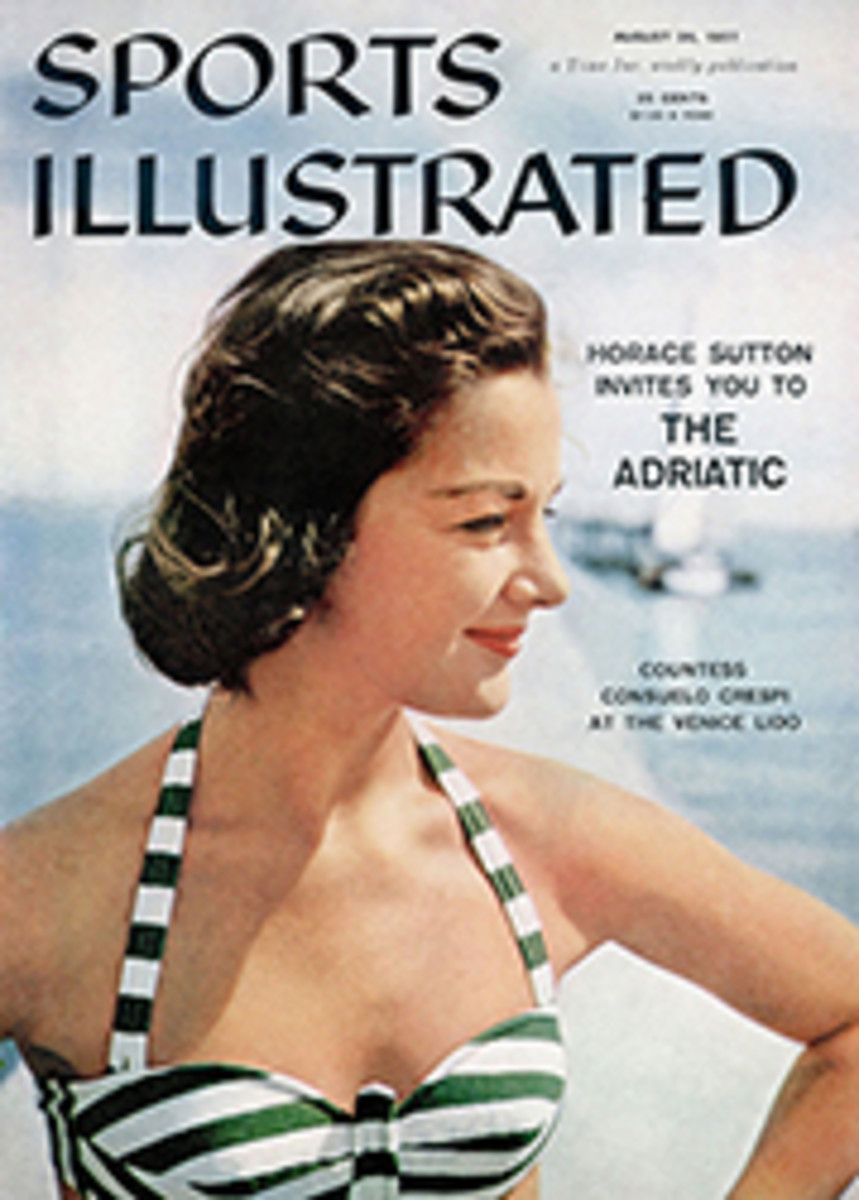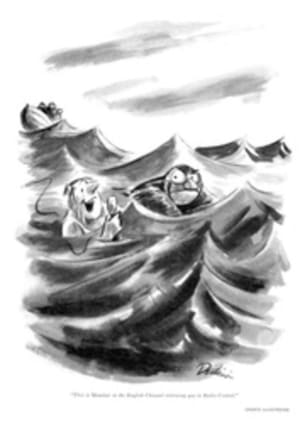
MAXIE'S LONG ROUTE
The stocky man from Ohio wiped the blood from the thumb hole of his bowling ball, bit his quivering lips to short the electric pain shocks shooting up his arm and rolled for a spare. He was one of a dozen men bowling the 32nd game of a nonstop series which had started at 9 o'clock the previous night. Now it was 8 a.m., his dreams of gold and glory had long since been dissolved by exquisite agony and the worst was yet to come. Eight more games, two and a half more hours.
"I flew a thousand miles to bowl in this tournament," the Ohioan said. "When I get home I want to at least be able to say I went the route."
Across the floor of the Paramount Bowl, a gleaming 20-lane establishment which sits picturesquely at the foot of purple mountains in Ogden, Utah, other bowlers treated cracked thumbs, massaged aching muscles, shook their heads vigorously to fight off fatigue. The great Lee Jouglard of Detroit, holder of the alltime American Bowling Congress singles record, was tiring badly after averaging a remarkable 207 for 31 games.
"If I can go the distance, I think I'll win this thing," the slightly built Jouglard had said earlier. Now, his confidence was slowly surrendering to worriment; his approach to the foul line, normally as close as one could get to poetry in motion on the lanes, had assumed a plod like a policeman's on the beat; his strained face showed that mind was summoning body for strength that no longer was there.
That was the picture at 8 a.m. on June 29 in the Maxie Kosof Endurance Classic, the most sneered at, talked about and, in some circles, glorified tournament in the sport today. It was typical of most mornings of the 37-day event which ended Aug. 5. Jouglard, who had dropped into the 150s and 160s for four games, staged a courageous comeback to wind up with 8,219 pins (205.5 average)—highest total, up to that day, in the Classic's three-year history but good enough for only fourth place this year. During the 13½-hour test each man had carried nearly five tons of hard rubber ball more than two miles and had walked an additional two miles from the foul line to their seats.
What had they proved?
THIS IS SPORT?
"They proved they are bowlers, just as the Maxie Kosof Endurance Classic proves that bowling is a sport," said Russian-born Promoter Max Kosof. "As in other sports, a person cannot be considered a bowler until he has proved himself over the long route."
Kosof, a sturdily built man of medium height who appears much younger than his 49 years, knows the "long route" well, for he has been over it many times. In 1941, then a merchandising specialist in women's apparel in Indianapolis, he bowled 212 consecutive games in 30 hours for the benefit of the USO. Four years later, an Air Force noncom in Ogden, he shot 181 for 100 games in 10 hours and sold $60,000 worth of war bonds between frames. About that time he met and married a lovely Mormon girl, joined the church himself and forsook women's apparel to become a bowling center manager.
Kosof tried for several years to get his employers and others interested in staging an endurance tournament. But it was not until 1955, when he leased the new Paramount Bowl, that the Classic was born.
This summer's event drew 416 bowlers, including 82 women—about twice the 1955 entry. It was a remarkable pilgrimage, considering the season, Ogden's geographic location and the limited number of persons who can, or would want to, bowl that many games. However, other tournaments drew thousands of bowlers, including the stars Kosof has been wooing in vain.
The record Jouglard established on July 26 stood up for two days. Then Welu, a strapping lad of 25 (6 feet 4½ inches, 200 pounds) and one of the hottest bowlers in the country, scored a sensational 8,472 (211.8 average).
"Be careful, captain. You're pretty old for this kind of thing," Welu chided Buzz Fazio as the Brunswick star took the lanes the following night.
"Hang around, kid. Maybe you'll learn something," replied Fazio, a 49-year-old grandfather who, like Kosof, makes almost a fetish of keeping in excellent physical condition. Only 5 feet 6 inches tall, he has weighed a brawny 140 pounds for the past quarter century.
Amid a squad of thumb-sore, weary-armed and bleary-eyed bowlers, the little man with the big heart danced, hollered—and knocked down pins. Apparently stronger than ever, Buzz kicked higher and shouted louder than before. The 38th game pulled him even, and the next one put him ahead. His average for the final eight games was an incredible 221 plus, giving him 8,525 for the Classic. His margin over Welu was just 52 pins, or less than three strikes. The victory netted him first prize of $2,000, another $1,000 for establishing a record and $400 for game and series awards.
"There is a real champion," cried the effervescent Kosof. "The Maxie Kosof Endurance Classic is the only tournament in which a bowler must display stamina and courage as well as skill to win. The winner of this tournament should be recognized as champion all over the country."
If it is not the championship event that Max and his supporters claim, neither is it the failure that sneerers have labeled it. Its prestige has grown and should continue to rise. Perhaps it will become to bowling not what the Open is to golf or the Wimbledon to tennis, but what the English Channel is to swimming. The Classic is here to stay, at any rate, and the sport will be none the worse for it.

